Space is not only the domain for scientific research and technological activity in all areas from agriculture to military affairs. It is also a complex political arena, providing room for both alliances and confrontations. It began with a confrontation between the USA and the USSR, which was won by the former, but the situation became even more confusing as a result. This is the first chapter of a story about the current political situation in orbit.
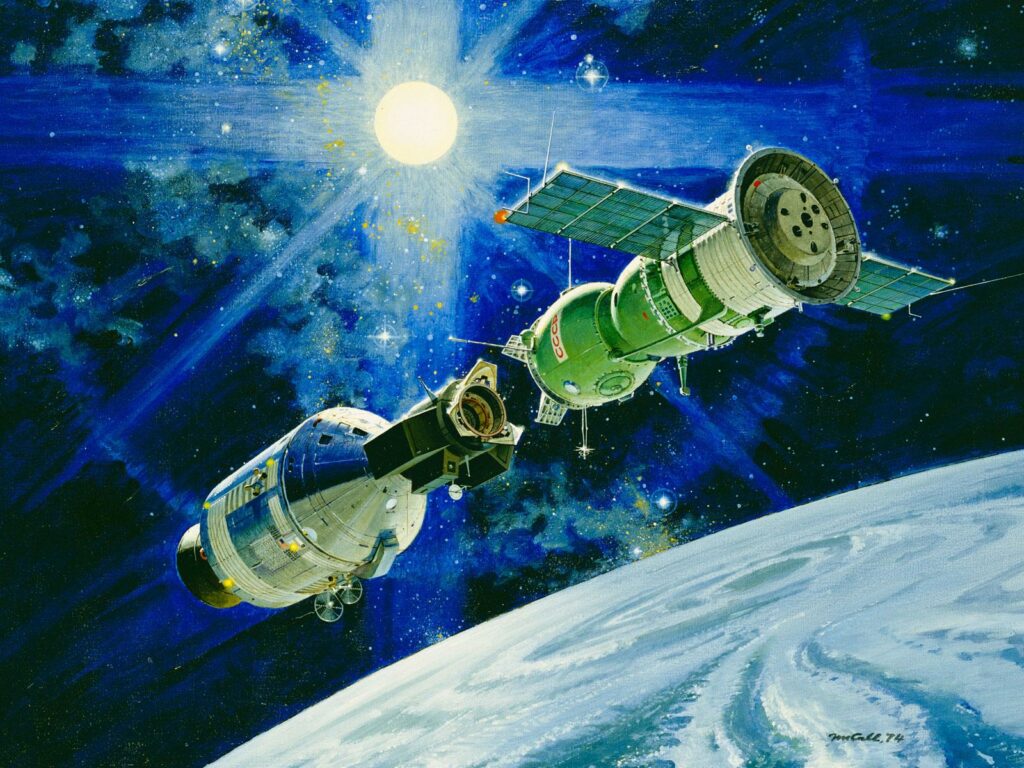
The USSR and the USA
When the USSR launched the first satellite into space in 1957, it was primarily a political act. The Soviet Union sought to demonstrate its scientific, industrial and economic power to the world, and an artificial apparatus in orbit served this purpose perfectly. The US accepted the challenge, and for the next 12 years the space race continued between the two nations.
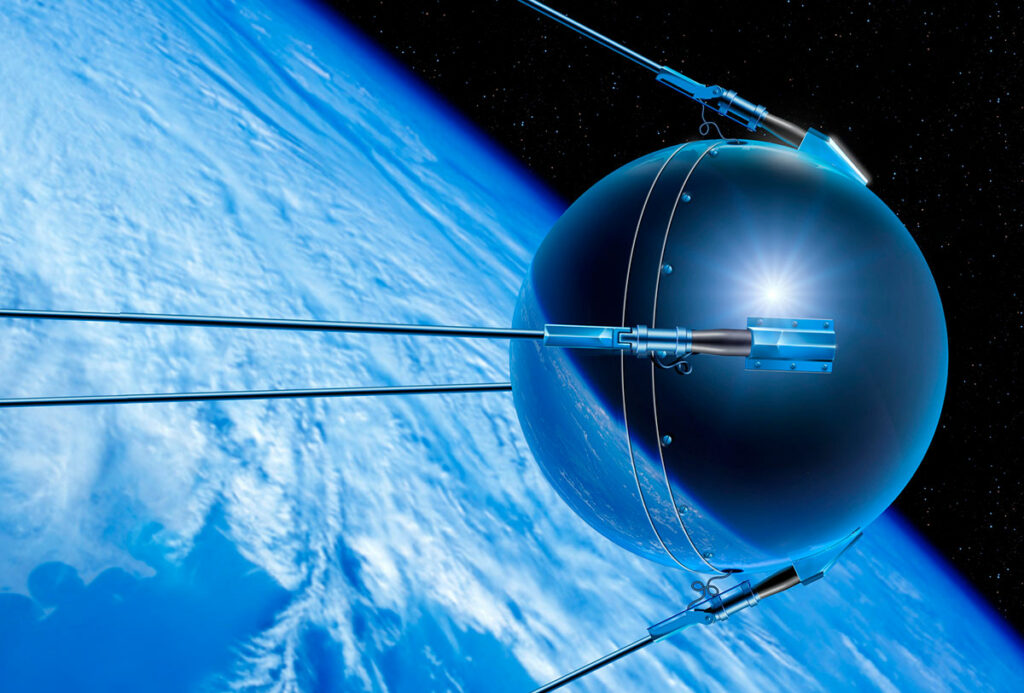
In that period satellites were not the only devices, sent to space. There were many other missions: manned spacecraft, space stations, and automatic probes for the study of other planets. In addition, it turned out that the satellites themselves can be used to solve practical problems of great importance — from broadcasting TV channels to maintaining military navigation systems.
Space has also become one of the key components of the economy of developed countries. At the same time, the two superpowers came to conclusion that even for each of them the universe beyond our planet is too big to explore alone. This is how they came to the need for partnership in this field, which can happen even when the earthly relations between the participants remain extremely tense.
The confrontation-partnership between the USA and the USSR and its successor Russia actually continues up to this day. After all, the International Space Station is a partnership project of these two nations, and all others countries can be considered secondary participators. And it was this situation that became the model for the rest of the political relations in space.
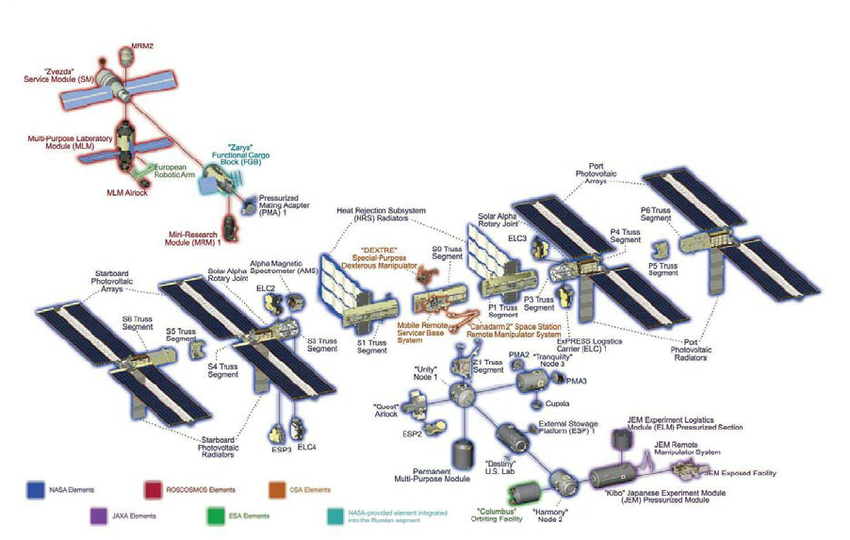
Expansion of the space club
Several decades after the first visits to space, its development was seen primarily as the activity of the two superpowers. Although in fact the number of countries having their own satellites in orbit grew extremely fast. In 10 years after the moment the Soviet Union declared its leadership in this field, 7 countries launched their own devices, in 20 years there were 15 of them, and in 30 years (in 1987) this figures raised up to 20.
Since the satellites of these countries were launched mainly by launch vehicles of the main participants in the race and there were relatively few of them, no one considered the newcomers as separate space forces for a long time. And even the visits of their own astronauts into space did not change anything. The representatives of all 30 countries that flew into space in the 20th century did so using the spacecraft of the USA, USSR or Russia.
However, over time, the list of countries that have their own launch vehicles and spaceports gradually expanded, until in 2003 China was unable to launch its representative into space on its own, and in 2011, it created its own orbital station. So today it makes no sense to talk about the struggle between only two forces in space.

There is a complex system of alliances and confrontations in space that sometimes looks absolutely mind-blowing. It consists of the six main participants, who have all the capabilities to carry out space activities on their own, and more than 20 ones who have only individual elements of this system.
Space workings of the USA
When it comes to the USA as a space power, the first thing that comes to mind is the National Aeronautics and Space Administration (NASA). This is the only institution on Earth that was able to land a human on the surface of another celestial body. And they did it six times.
NASA consists of a large number of engineering and scientific divisions and has the largest space exploration capabilities than any other space agency on Earth. But it is not all-powerful: a significant part of the space potential of the United States belongs to other organizations.
For example, the US Space Force is in many ways not inferior to the purely civilian component of NASA. They have their own ground infrastructure, their own satellites in orbit, often launched completely independently of NASA, and their own scientific institutions. They even have their own X-37B unmanned space plane, which can stay in space for years, conducting experiments.

In addition, several seemingly completely terrestrial organizations participate in US space activities. The most significant of them is the National Oceanic and Atmospheric Administration (NOAA). It has its own large fleet of satellites that monitor the Earth’s surface in order to predict the weather better than anyone on the planet.
Finally, individual universities are involved in space research, whose scientists may collaborate with NASA, NOAA, or the Space Force. In general various forms of cooperation can arise between all sorts of participants eager to implement their own projects. In addition, each of them carries out independent international cooperation to one degree or another.
American private space industry
In addition, there are manufacturers of space equipment, which are mostly private companies. They also differ among themselves. There are huge old corporations like Boeing, Northrop Grumman and United Launch Alliance. They rely entirely on NASA, the Space Force, and NOAA to launch and operate their products. But it is they who get the bulk of orders, so these industrial monsters should not worry that they might fail to get orders from the state due to some economic crisis.
However, in recent decades, a large number of space startups have appeared that managed to launch spacecraft on their own. In most cases, their budgets can’t match the old monsters of the space industry, and failures follow one another.
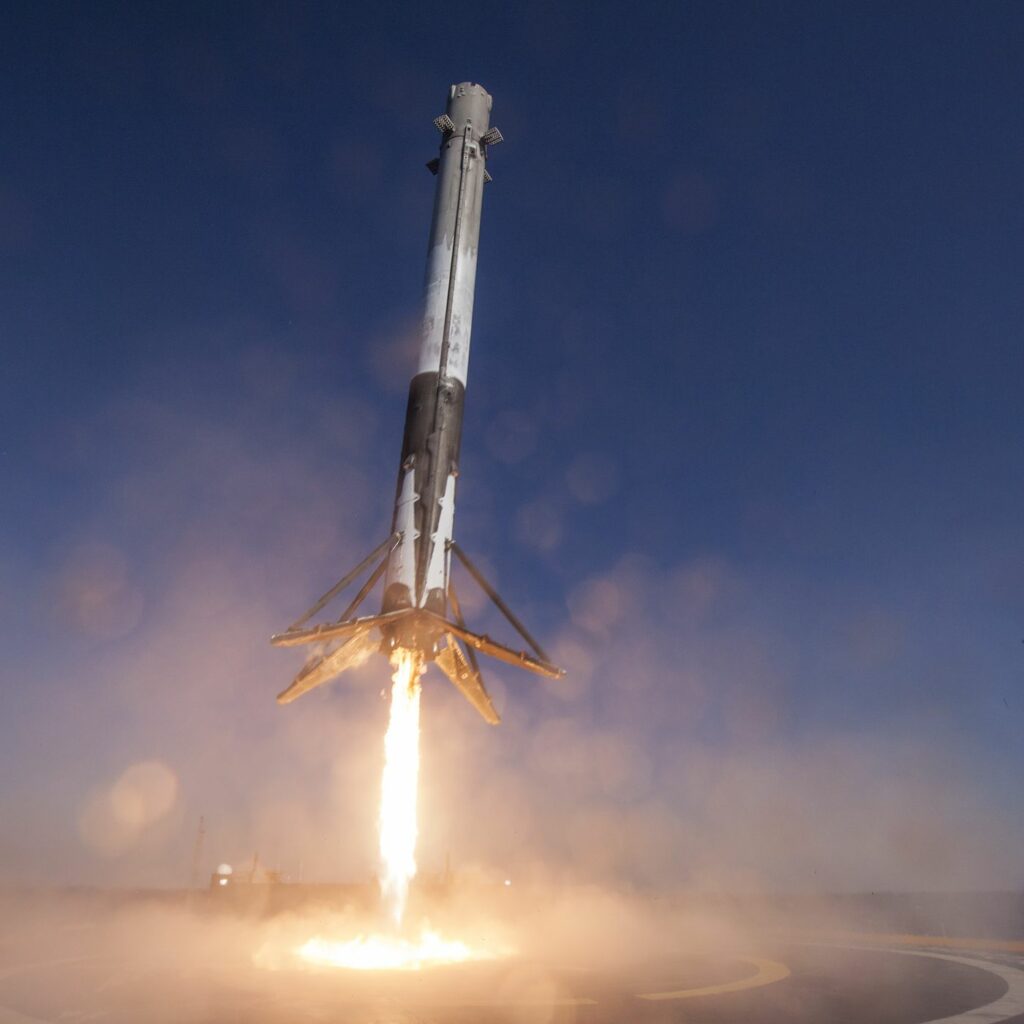
Later, the success of SpaceX forced even the US military to take private companies seriously and think about how best to involve them in their complex ecosystem. That was the reason for creating the positions of “sherpas” officers who save young businessmen from getting lost in the corridors of bureaucracy.
How much independent are private companies?
At the same time, the question of how much independent private companies in the USA really are remains a highly debatable one. The matter is that the country’s government reserves the right to control everything that happens in the space industry, lest it contradicts the interests of national security.
So, in February, government officials banned Lockheed Martin from buying Aerojet Rocketdyne; and before that they forced the Ukrainian entrepreneur Max Polyakov to sell Firefly Aerospace to US citizens. The fact that Jason Mello became the new president of this company, who was in service as a general of the US Air Force just a year before, clearly shows how strongly everything is intertwined in the American space industry.
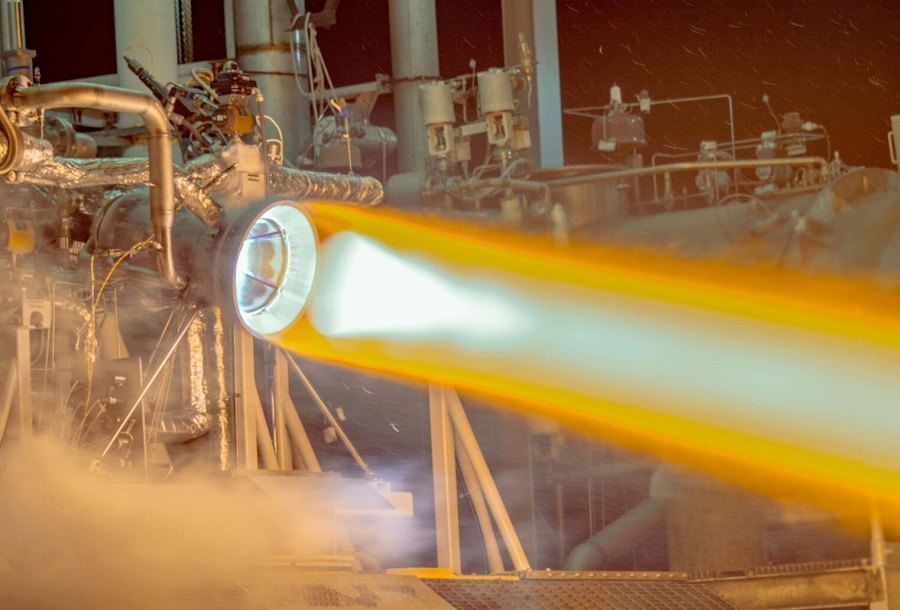
All of this narrative has a direct bearing on international politics in space. After all, the rest of the major players in this field are now building a similarly complex ecosystem — or at least trying to build one, with varying degrees of success.

